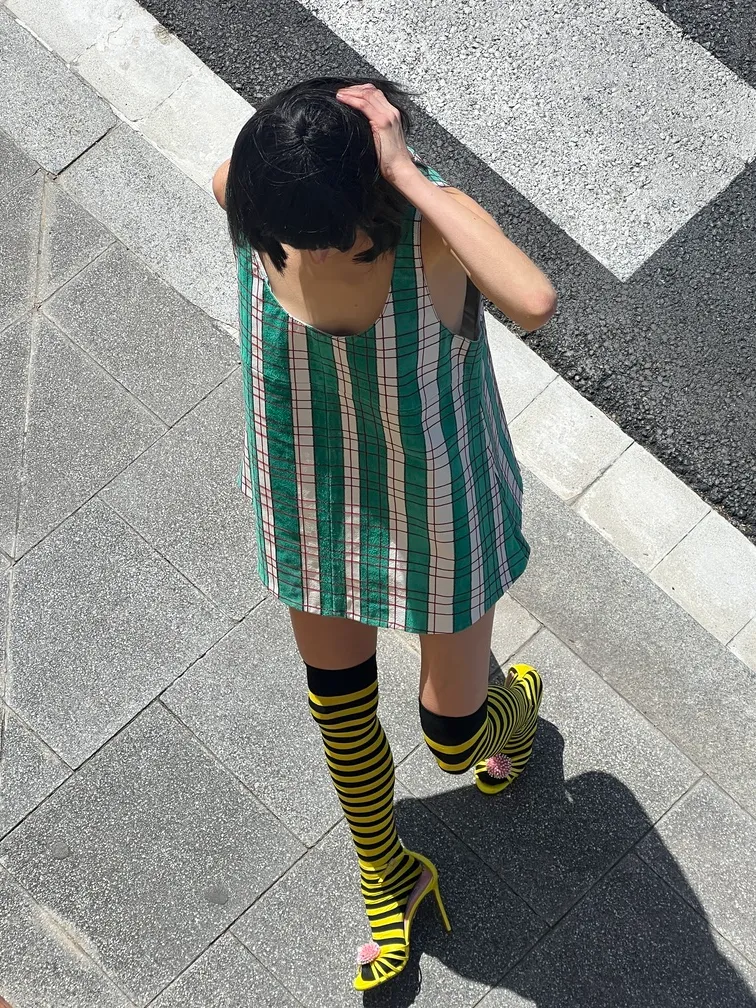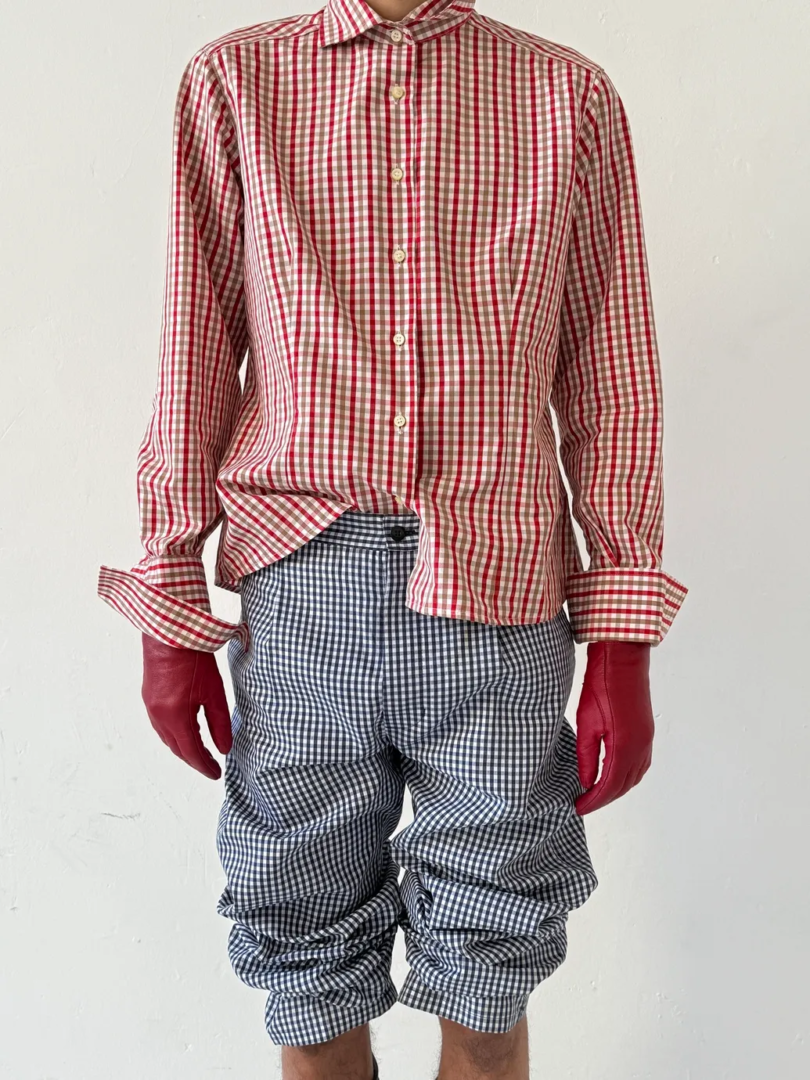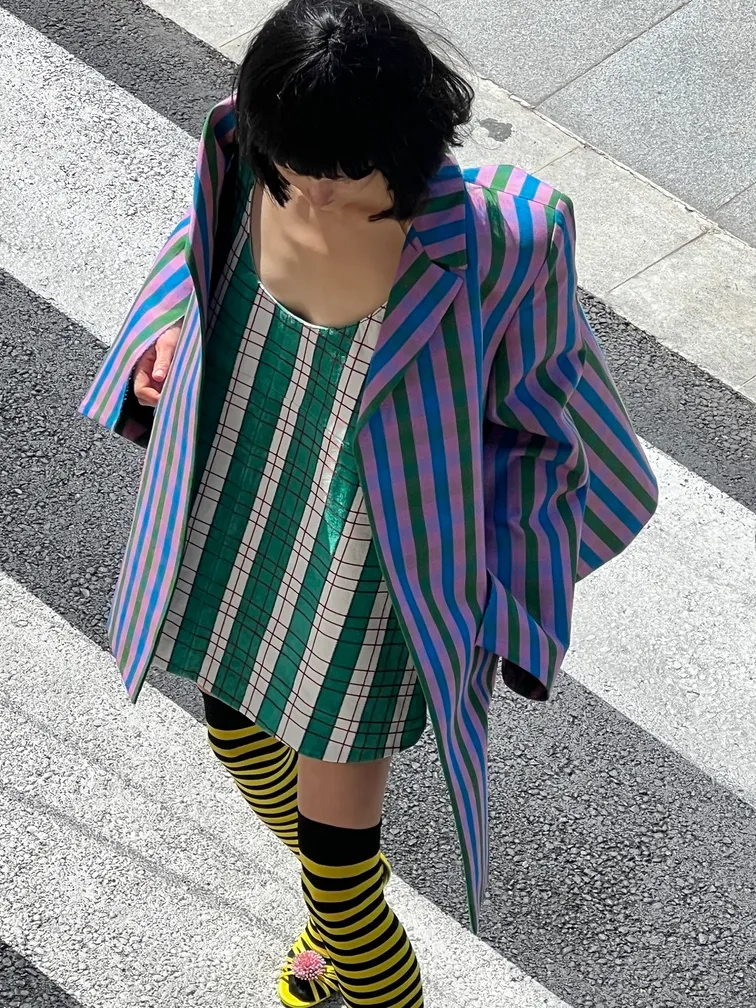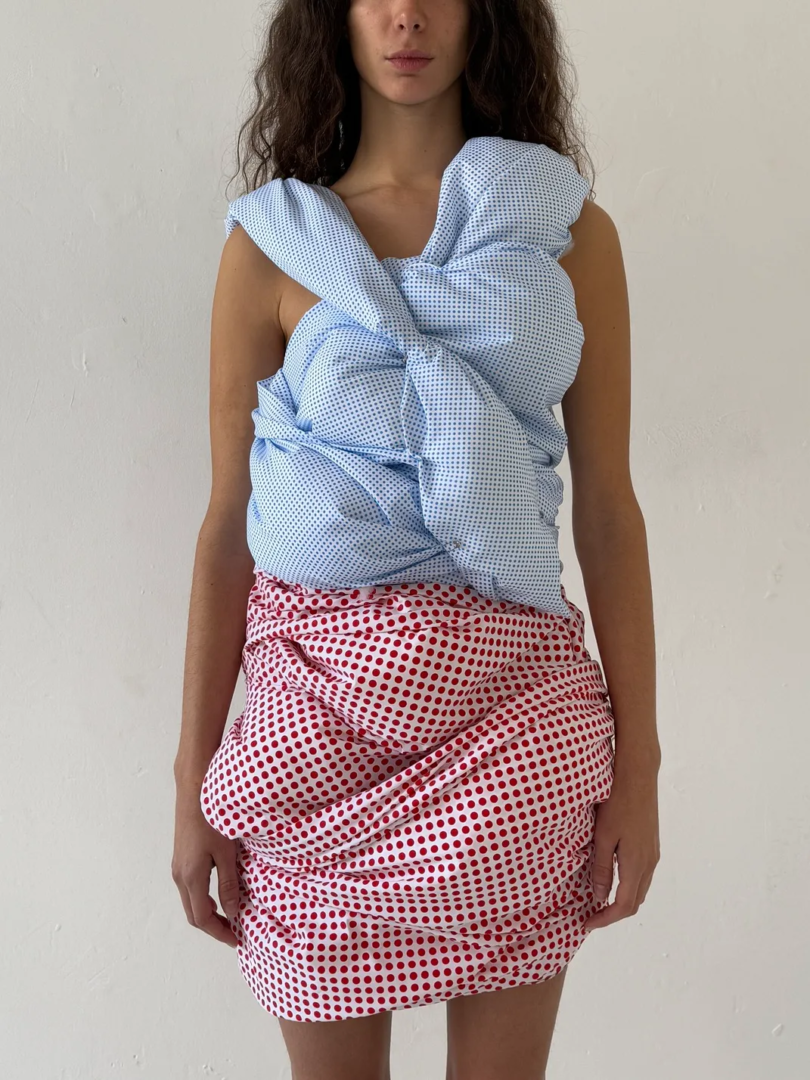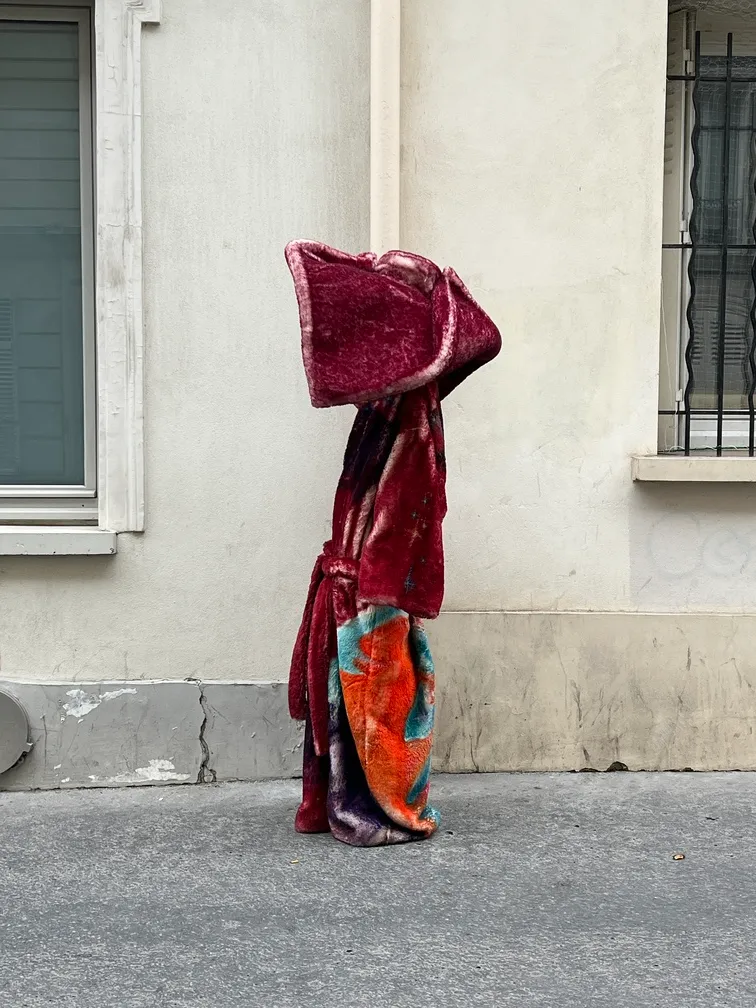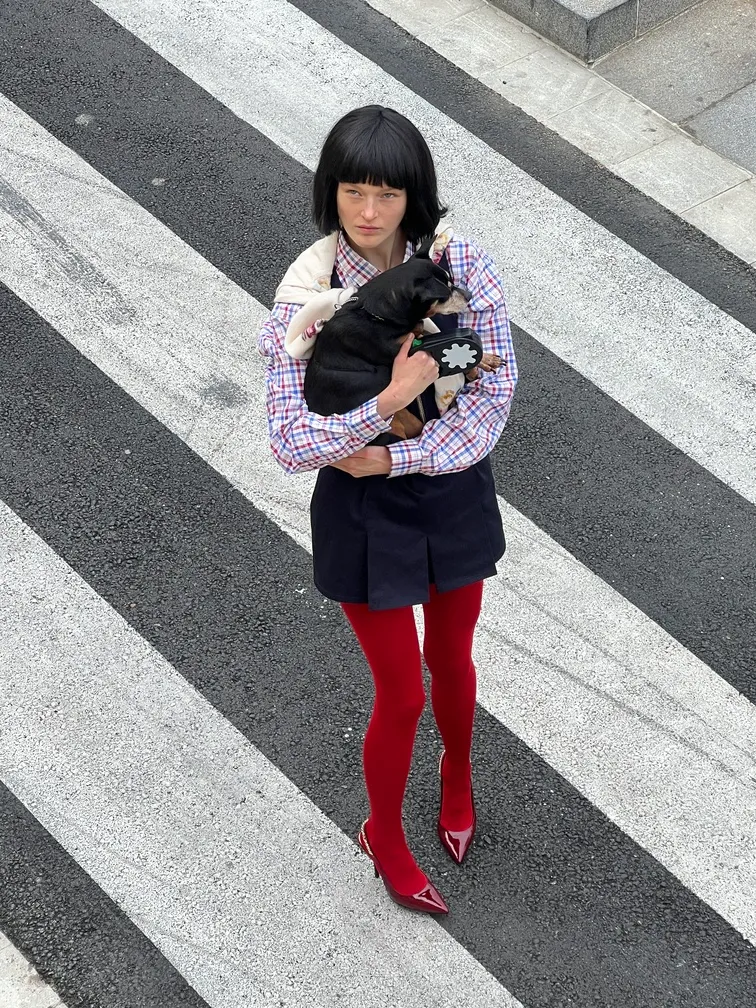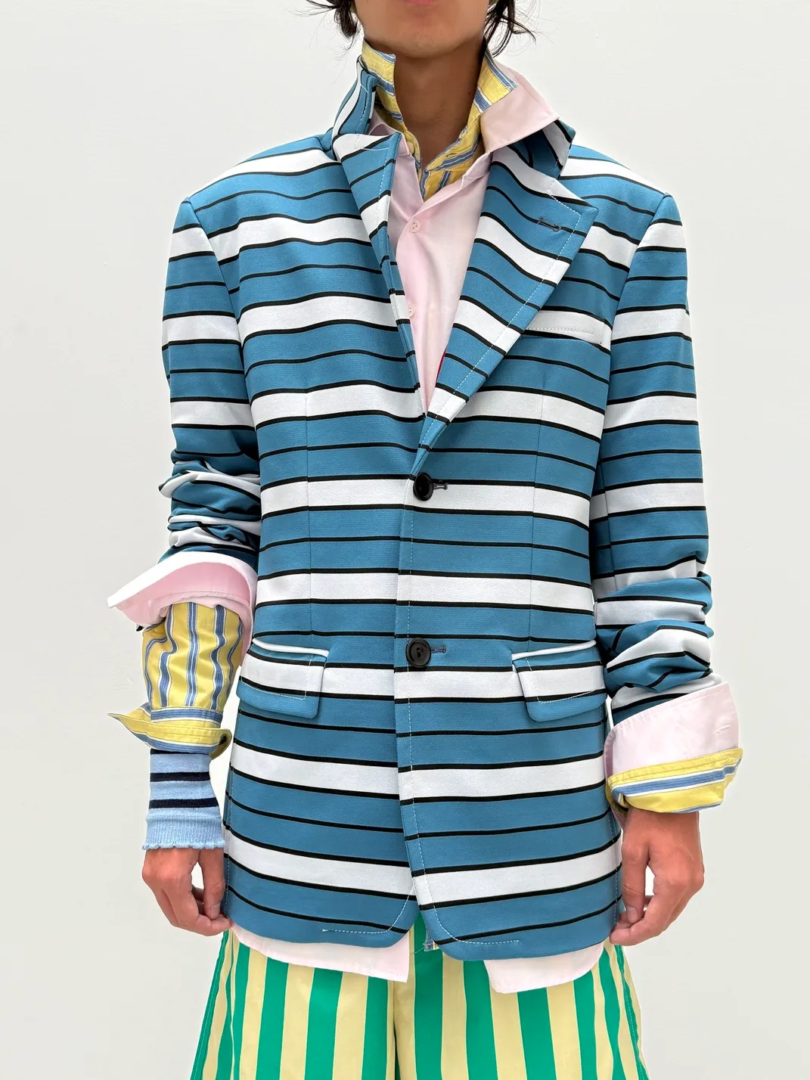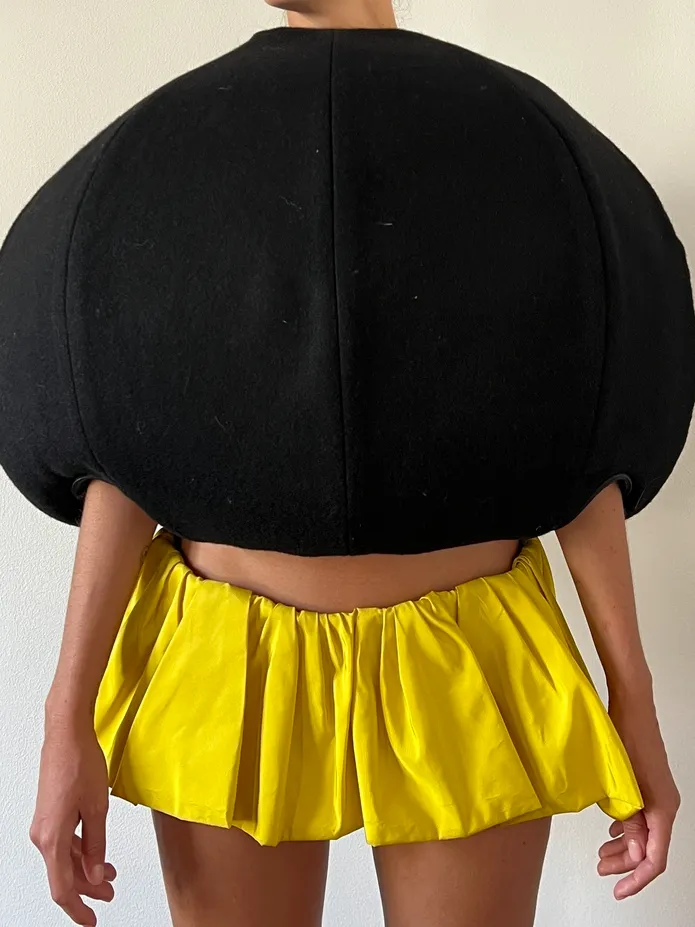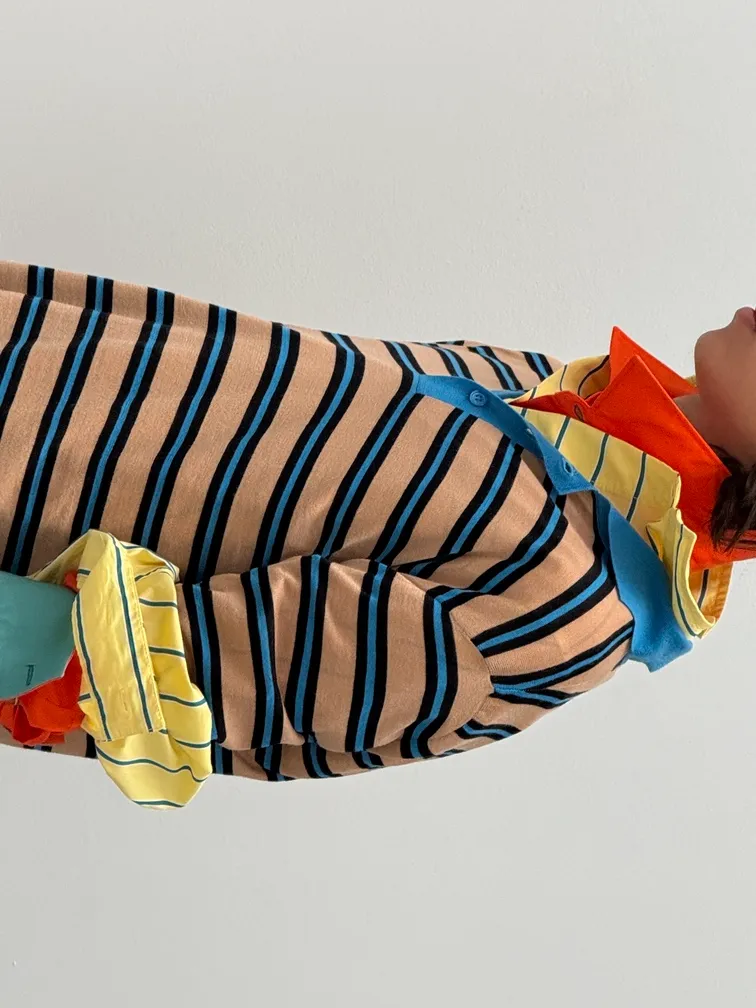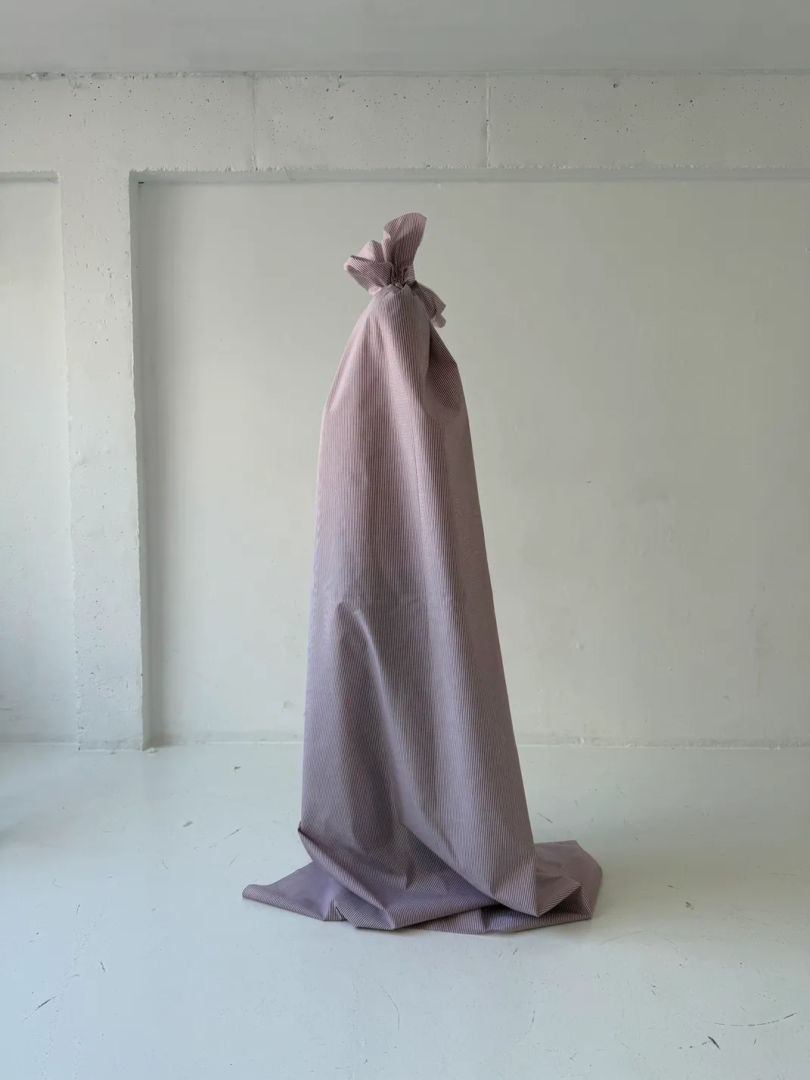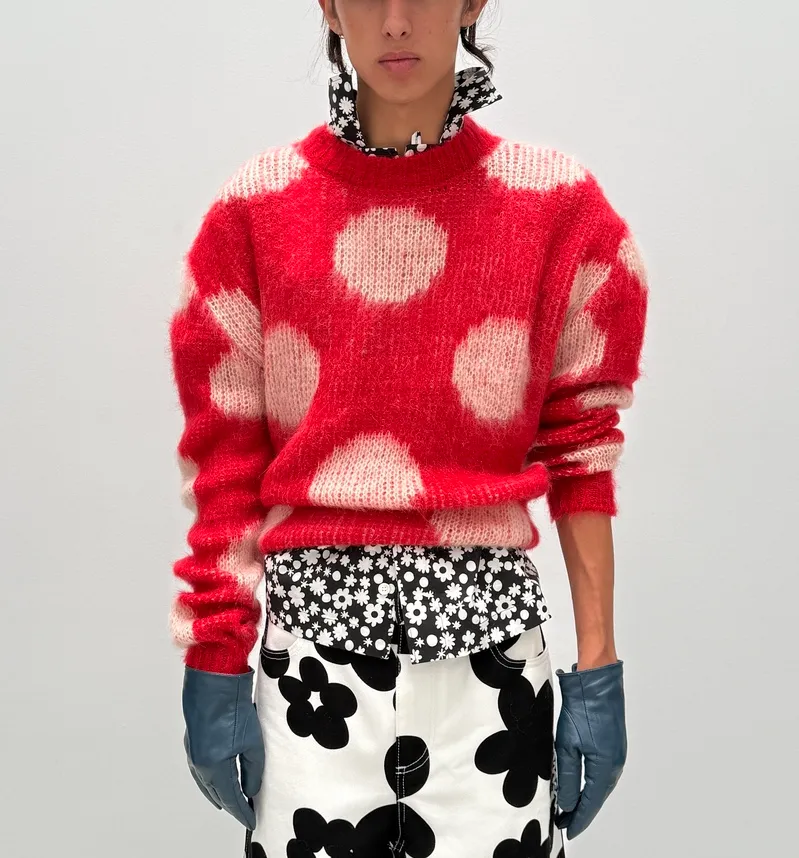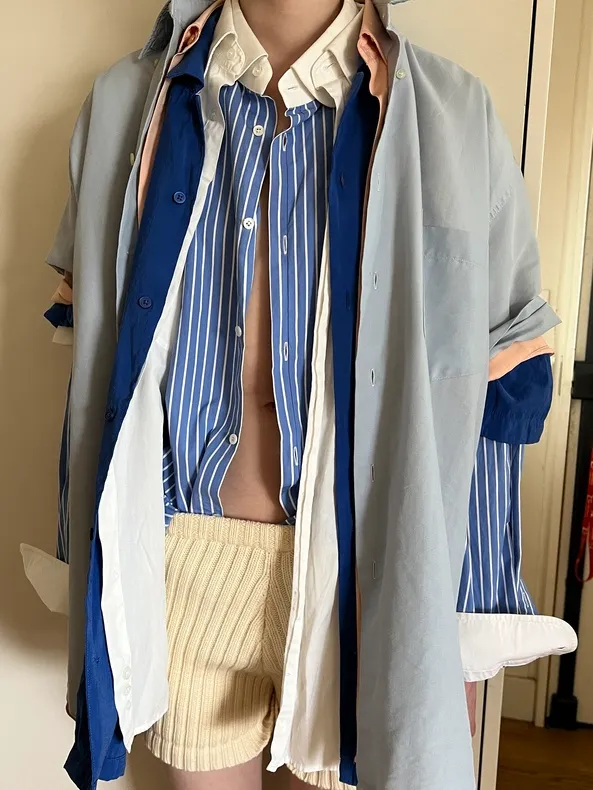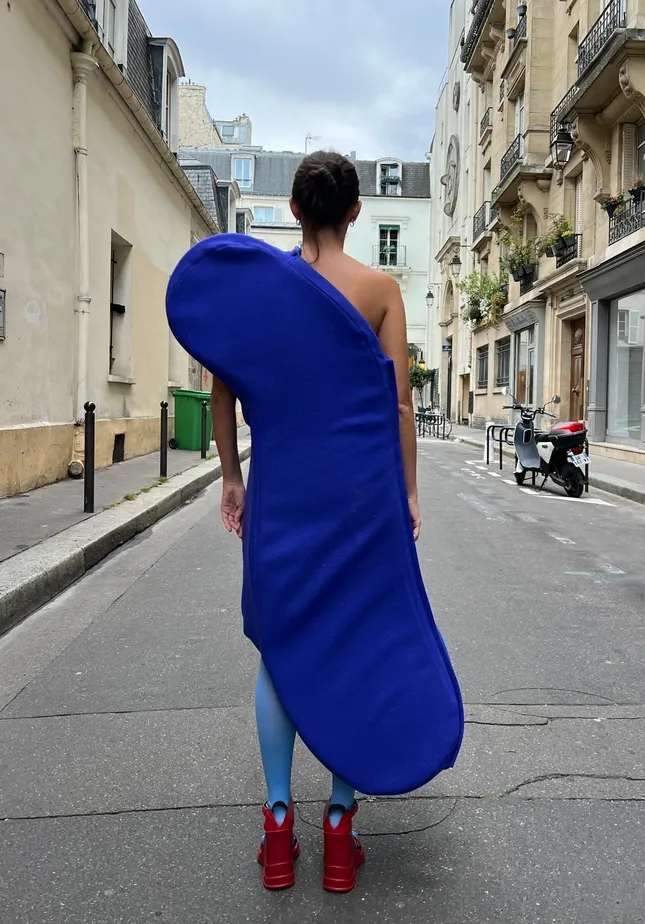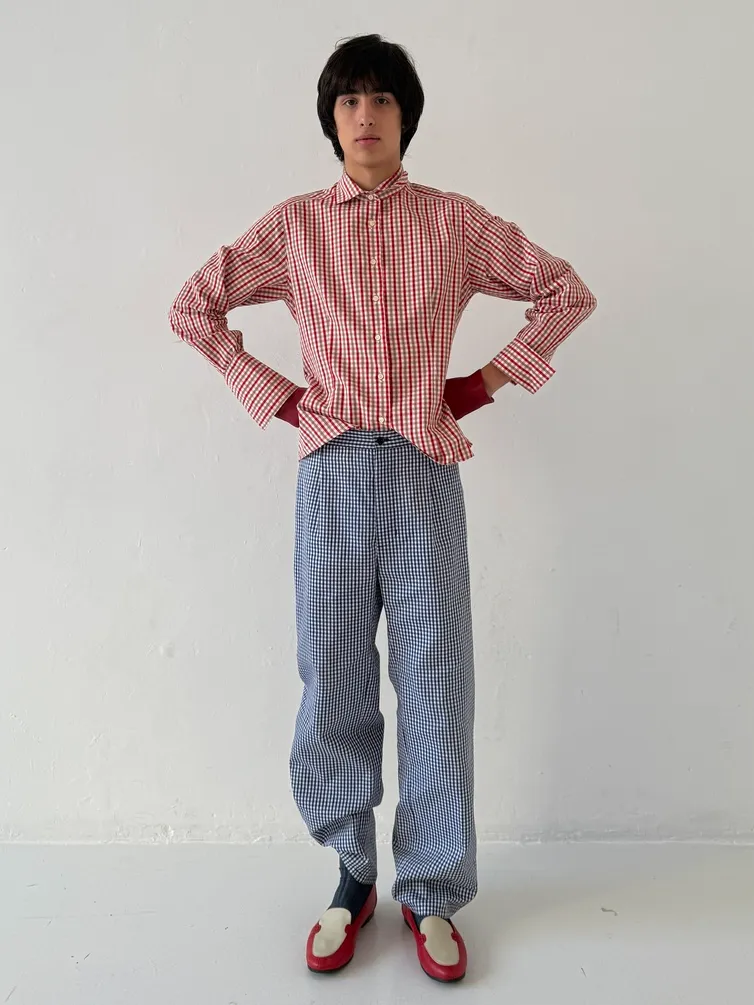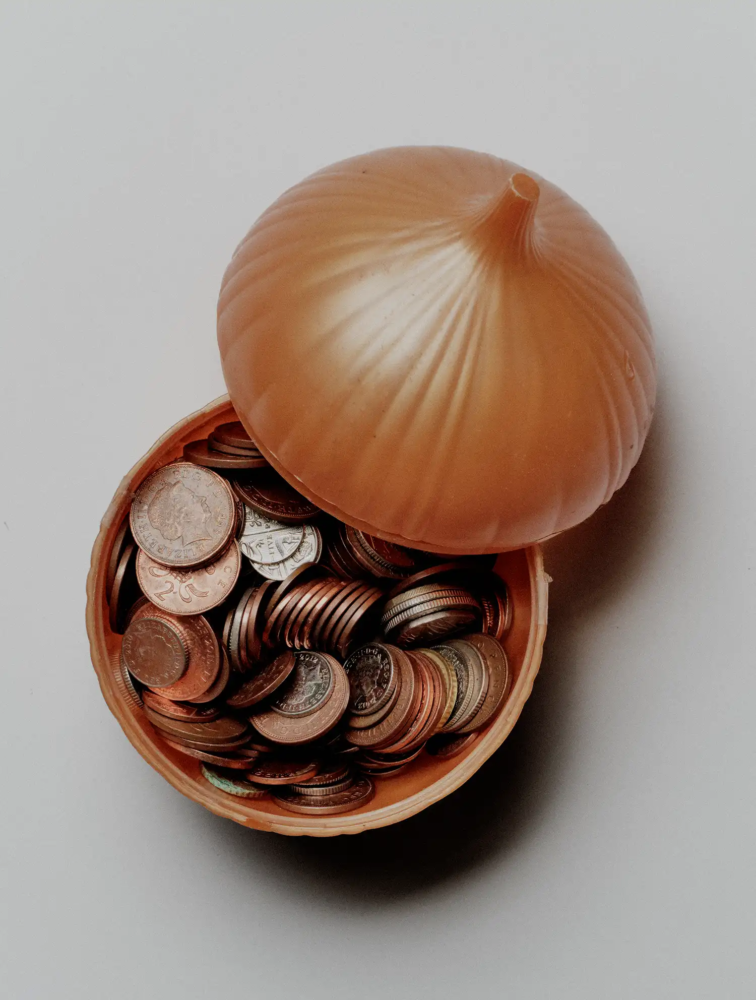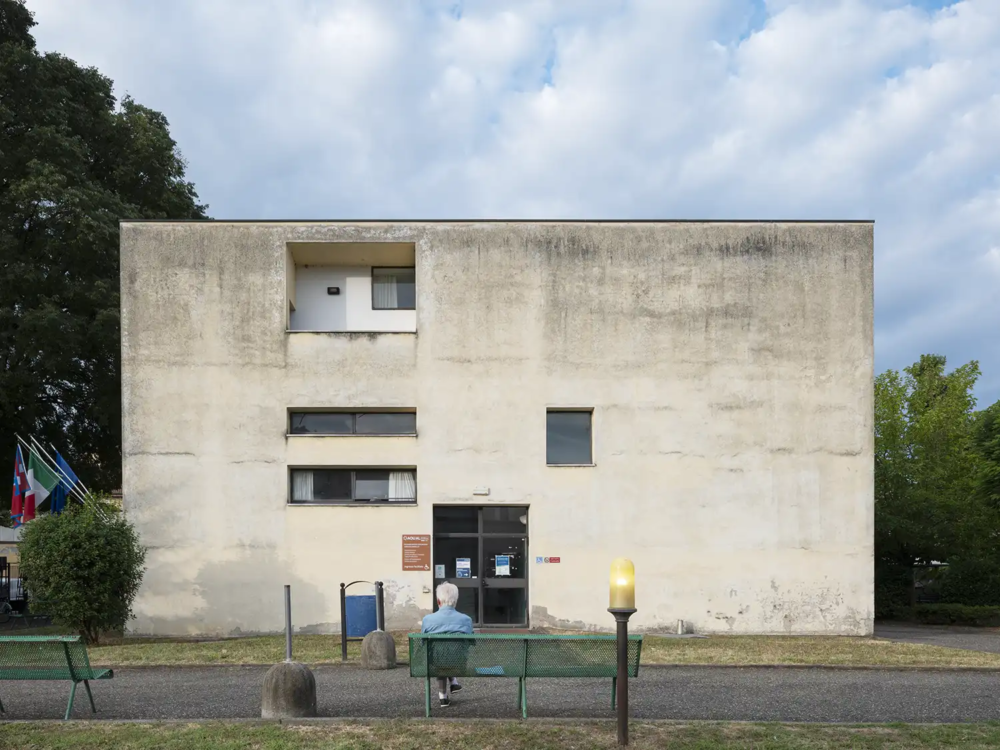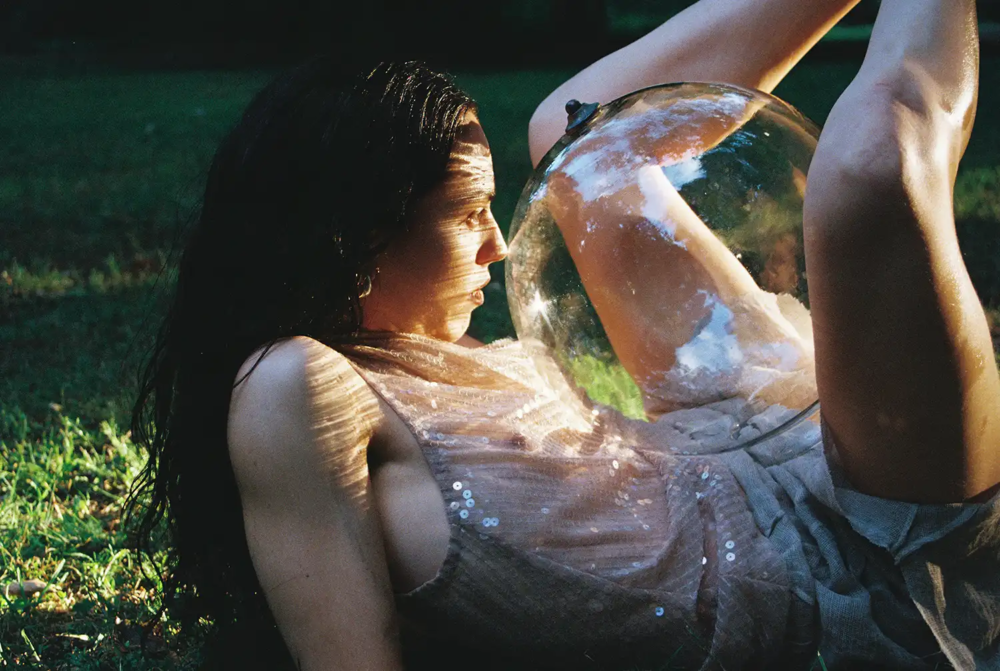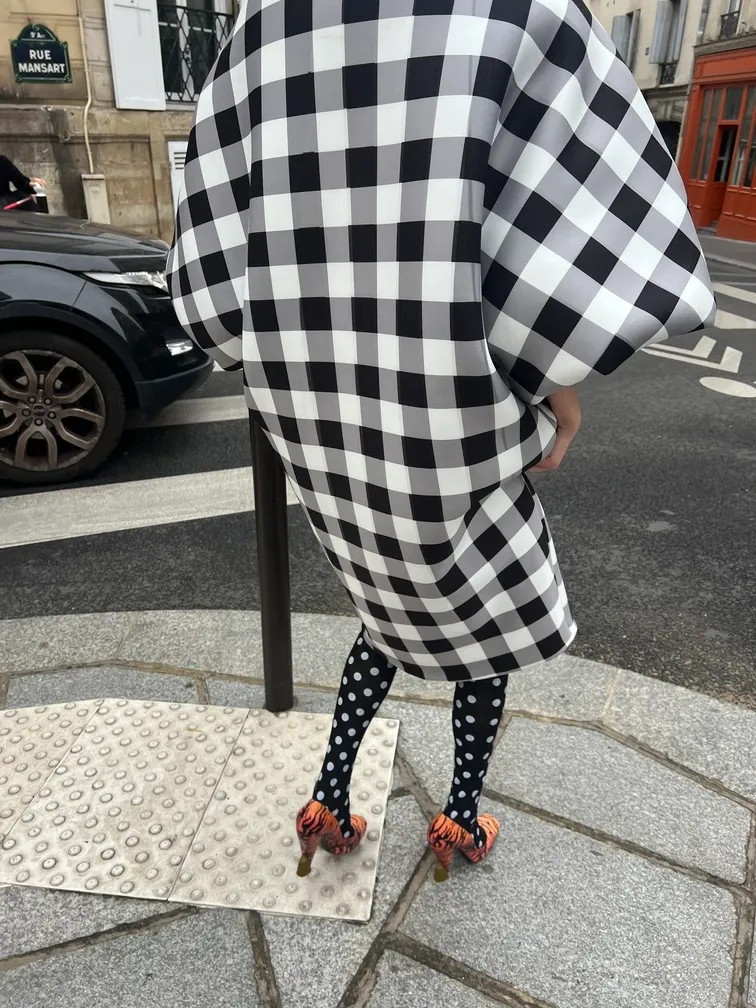
Cara Cano: searching for a space where restraint and vitality coexist
From Korea to Paris, it’s easy to disappear into the codes of luxury — Cara Cano found her language, when she started reading more about art and understanding color and form in a deeper way
This conversation is part of Lampoon’s column on Talent, Taste, and Transformation curated by Anouk Jans.
AJ: Which talents — past or present — have shaped how you see styling?
CC: “Those artists who created from instinct: Paul Klee, Kandinsky, Rothko. Klee’s rhythm and sense of play, Kandinsky’s belief in the inner need for color, Rothko’s quiet intensity — they taught me waht abstraction is. Each of them used color not to describe reality, but to express vibration. Styling is a way to translate what can’t be said into something that can be felt. I try to build looks like small compositions, letting colors and textures interact until they find their own harmony. Cinema from Asia. There’s a certain poetry in how Korean or Japanese directors use silence to create atmosphere. Wong Kar-wai or Hirokazu Kore-eda. I have a connection with Asia. My approach to styling has grown from that idea: blending fashion and art through a cinematic lens, where everything breathes together and nothing feels too controlled.”
AJ: Who do you choose to collaborate with, and what makes those collaborations meaningful?
CC: “Now that I’m back in Paris after spending almost a year in Korea, I feel this need to reconnect with the European creative rhythm — its sense of structure, balance — while also keeping something from what I found in Asia: spontaneity, instinct. I’m searching for a space where restraint and vitality coexist naturally. I’m interested in working with dancers, people who bring clothes to life through movement and make you feel how fabric reacts. I’m curious about collaborating with sculptors and exploring how volume and form can adapt to the body to create new silhouettes.”
AJ: Is styling about discovering talent as much as shaping looks?
CC: “Styling has always been about finding a sense of visual harmony — that quiet moment when everything begins to connect. Color, shape, and print are my main language. Even though every element matters — the model, the light, the photograph — nothing feels complete unless there’s harmony between tones, textures, and forms. It’s less about building a character and more about creating a world — one where every detail, from fabric to hue, contributes to an atmosphere.”
AJ: Which young voices in fashion excite you right now?
CC: “Kenneth Ize. His work has honesty and energy — the way he transforms traditional weaving into something contemporary. I’ve been following graduate designers, from IFM in Paris. You can still feel that purity — that instinct to create from imagination rather than from codes. They design from intuition, not from fear.”
AJ: How did you find your personal style as a stylist — was it a clear instinct, or did it take time to evolve?
CC: In the past, before I had found my language, I was more easily influenced by what surrounded me. At some point, I started reading more about art because I wanted to understand color and form in a deeper way. That’s how I discovered abstract art, and I felt unexpectedly connected to it. Not because of how it looks, but because of its attitude — it creates from instinct, from what isn’t entirely logical. When I build a look, I rarely know how it will end, but there’s always a moment when the colors, textures, and shapes quietly fall into place. I love that calm sense of order that appears from instinct rather than planning.
AJ: Do you see your taste as something that reflects a collective cultural moment?
CC: “Context around me also plays a part. The cities where I live always leave a mark, even when I’m not aware of it. Still, I feel that living in Asia and spending time surrounded by art and abstraction shaped something that feels more my own. When I moved to Paris, I tried for a while to adapt — mostly to understand the city’s rhythm. Finding balance between my own universe and this one has been a slow process.”
AJ: What’s one reference or aesthetic code you always return to when styling?
CC: “I mix prints with prints and play with volume; I build palettes by mixing primary and secondary tones, looking for harmonies that don’t feel obvious but somehow make sense to the eye. A good hat, a pair of leather gloves, or just one strong piece.
AJ: How do you see your work evolving in the next five years?
CC: “For a long time, I saw styling as a way of building images, but lately it feels more like saying something through atmosphere rather than form. It’s less about dressing and more about finding honesty. I’m collaborating with artists from other fields — sculpture, installation, sound, performance — and seeing how those practices could meet clothing to create new experiences.
AJ: The role of a stylist changing in the future — more about image-making or about shaping narratives?
CC: “I see it becoming about storytelling. Stylists aren’t just building images anymore — we’re trying to express something. It’s less about perfection and more about giving meaning to what we show.
AJ: What transformations in fashion excite you most right now?
CC: The focus is no longer only on creating polished images but on building worlds — visual narratives.”
AJ: If you could transform one thing about the way styling is perceived, what would it be?
CC: If I could change one thing, it would be for people to see the value in how we look at things. A strong image often comes from intuition and sensitivity, and styling — in its own quiet way — can move people and make them feel something real.”
